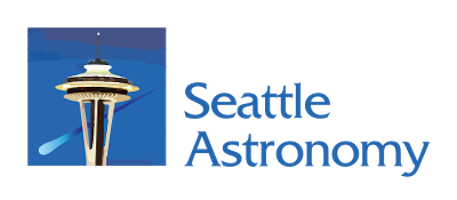A great example comes from Sierra Nevada Space Systems, which named its space vehicle Dream Chaser. Mark Sirangelo, head of the company, talked eloquently about the appeal of the industry.
“There was a Boeing. It was a family and it was a person like we are,” he said. “We’re individuals who believe in something and believe that we can make a difference and be able to change something in the future.
“That’s the personal inspiration for me, being able to do something that hasn’t been done in this way before, to be able to fly something that I hope to be able to fly in the next few years, and understand that this is something that we’ve designed and built and developed. There’s no better satisfaction than being able to take that dream and make it a reality.”
Most of the panel participants were of similar age to the author. I was born two weeks before the launch of Sputnik, so my life is the space age and as a kid I was fascinated by the race to the Moon. It is the reason I am interested in space and astronomy today. Everyone on the panel told a similar story. Gwynne Shotwell, president of SpaceX, said it’s important to remain interesting to the next generation.
“Space has to be cool. It has to be cool to be technical and enter into these kinds of fields,” Shotwell said. “Space is the best place to inspire children to do great things and study hard and focus on changing the world.” Her message to kids: “It’s OK to be a nerd!”
Peter McGrath of Boeing is a chip off the old block—his father also was an aerospace engineer—but he, too, took inspiration from Apollo.
 |
| The St. Nick on duty at the Museum of Flight seems to have a preference for the local aerospace company. Photo: Greg Scheiderer. |
“We’re a nation of explorers,” said Robert Meyerson, president of Blue Origin. “Space represents that next frontier. I believe that strong investments in science and technology will make us stronger.”
The engineers did get around to tackling some problems. Steve Isakowitz, chief technology officer for Virgin Galactic, said the cost of space flight is a big hurdle. He noted that technology is making a lot of things easier and cheaper; Moore’s law holds that computer power doubles every 18 months while the cost drops. Unfortunately, that has not yet translated to space.
“In fact if you look at the economics of space travel, the cost has either remained the same or even increased, depending on how you do the math,” Isakowitz said. “I think the challenge to the panel here is to change that, to create our own law. Perhaps every five years the price of space travel will be cut in half, so that more and more people will have the opportunity to enjoy space travel and allow us to push the frontier of space exploration.”
NASA of course remains the major player in the field, but Phil McAlister, NASA’s director of commercial spaceflight development, said it’s perfectly logical for the companies represented on the panel to help take us to space.
“For lower orbit, where the International Space Station travels, that’s a place that we’ve been many times over the last 40 years,” McAlister said. “So we feel like it’s time now to transition some of the responsibility for launching crew and cargo to low-Earth orbit to the private sector.”
McAlister also noted that having the private sector involved will provide a buffer of sorts to the vagaries of federal spending.
“If this commercial crew and cargo industry takes off we’re no longer dependent on just NASA’s budget going up and down,” he said. “The private market will spur these innovations, spur these opportunities, so when kids get closer to high school they’re going to see these opportunities. It won’t just be about NASA. The pie will be bigger.
“That’s why I believe this is the right path not only for NASA but for the nation.”
You can watch the entire panel discussion on the NASA TV video below.



















